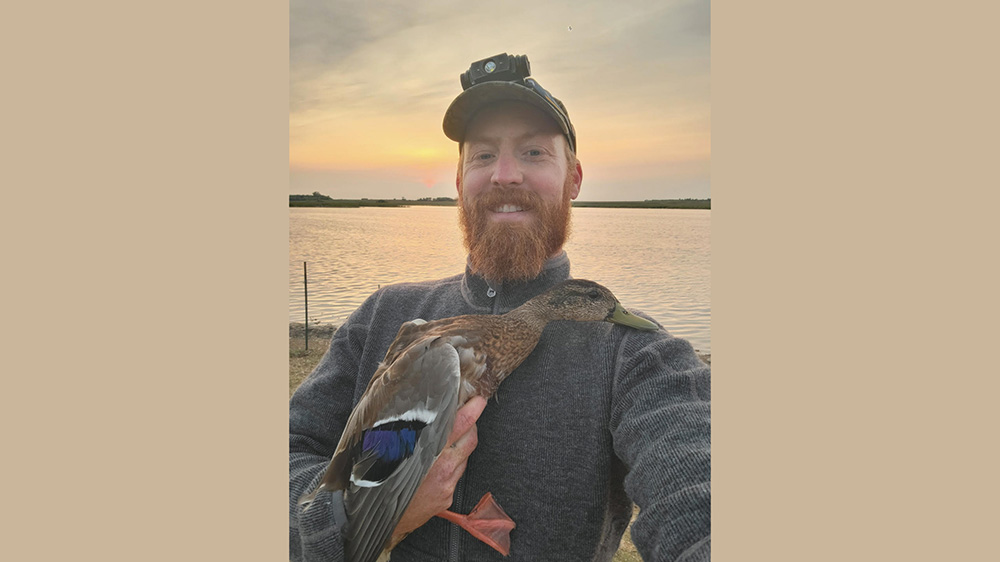LITTLE ROCK — According to the latest harvest statistics compiled through the Arkansas Game and Fish Commission licensing system, Arkansas hunters harvested 9,335 turkeys during the 2024 annual turkey season, a few hundred birds more than last year. This is the third year in a row of an upward harvest trend.
David Moscicki is the AGFC’s turkey program coordinator who is taking the reins after Jeremy Wood, who did an excellent job of emphasizing habitat and observational research before pursuing additional opportunities in conservation. Moscicki says the stable harvest results are encouraging, but expected. According to brood survey data from two years ago, weather and habitat conditions combined to give Arkansas turkeys a good hatch.

“Those are the birds we’re hunting now,†Moscicki said. “Everybody’s looking for those 10,000 and 12,000 annual harvest numbers, but that doesn’t come overnight. I think we’re in good shape.â€
Moscicki says he’s heard many reports to give him some hope for next year as well.
“We’re still cleaning up some of the data from last year’s brood surveys, but we received a lot of reports of Jakes (immature gobblers) and Jennies (immature hens) on the ground this year, so that’s promising for next season.â€
Moscicki says youth hunters did harvest a few more juvenile birds this year than last, with 470 Jakes harvested throughout the season, compared to 250 last year.
“That is a significant increase percentage-wise, but the total number of Jakes harvested is still very low compared to the overall harvest, so that’s a bright spot,†Moscicki said.
The AGFC, partners like the U.S. Forest Service and The Nature Conservancy, and private landowners have put a lot of great habitat on the ground during the last decade through the use of prescribed fire, but Moscicki says expectations for increased populations should be tempered with a touch of caution.
“Turkey populations are extremely dependent on weather and other factors outside of land manager’s control,†Moscicki said. “Hatches can fluctuate from year to year, and we still have a lot of work to do in managing habitat and increasing the right mix of habitat types on the landscape. So far the weather seems to be pretty good throughout the state for some good hatch conditions, but we really won’t know until we’ve compiled the data from our annual brood survey, and that’s really where the public can do the most good to help us.â€
As turkey hens emerge from their nests with this year’s poults in tow, hunters, wildlife watchers and anyone who enjoys time outdoors can help the AGFC by participating in the Annual Wild Turkey and Quail Population Survey. Participants record sightings of hens with and without poults and how many poults they observe. In addition to helping biologists gauge the hatch, participating in the survey can guide future habitat work on public and private land.
Moscicki says any hunters who still need to turn in their data from the AGFC’s Annual Spring Gobbler Hunting Survey also are encouraged to get that information to him as soon as possible.
“Both of these surveys give us key information that will guide our efforts to continue providing the habitat necessary to support Arkansas’s turkey population,†Moscicki said.
Turkey and quail sightings can both be entered into the AGFC’s Annual Wild Turkey and Quail Population Survey, which is available via website at www.agfc.com/turkeysurveys.




